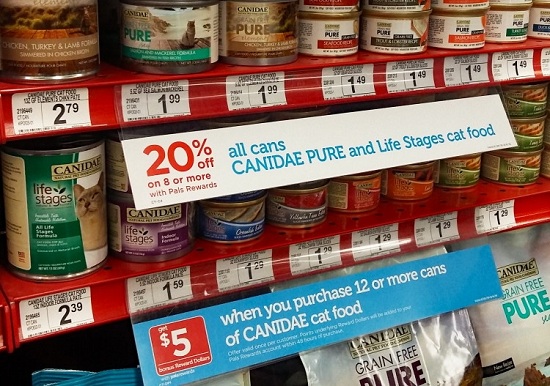Store Loyalty Programs

What can you do to retain customers in your store? This is an important question since diverse studies has demonstrated that is cheaper to retain actual customers than to gain new ones. In the first place you have to know your customers and what are they preferred attributes. It is the service, the advice of your salesmen, the convenience, price, etc.? It is surely a combination of these attributes and can vary by segment (so you have to decide which segment or segments are you going to target). The name of this is the value proposition. Once your value proposition is working you can think in other loyalty strategies like loyalty programs (if your value proposition is not working, loyalty programs won´t be useful)
Loyalty programs consist in giving something additional to your customer in exchange of information. For example, your customers can gain points or miles that are accumulated and converted to rewards (prizes, discounts, etc.). In exchange you get information of the customers: id, email, address, phone number, birthday, etc, that they must give in order to subscribe to the loyalty program. Let`s take a look at the last report of Forrester about loyalty programs in the United States.
Forrester’s recent survey of loyalty marketers found that most are still fine-tuning their programs to establish and solidify relationships with consumers, as well as to build an emotional connection with their most frequent shoppers. According to the survey, the top three business objectives for customer loyalty programs are engaging customers, retaining existing ones and acquiring new ones. Marketers increasingly recognize the importance of loyalty as an overall strategy, rather than just a marketing tactic or program.
Marketers have no problems recognizing the challenges they face with their loyalty initiatives — especially around data management and insight applications. Over half of respondents indicated personalizing offers, content and experiences based on behavior is a key roadblock to success, with about a third calling out managing data from multiple sources and understanding customer interactions across channels.
The discrepancies between data collected and data used show that marketers are using loyalty programs to better understand their consumers, but struggle to apply those insights in meaningful ways. Seventy-four percent of respondents in our survey said that they collect customer preference data, while only 45 percent use it to personalize loyalty offers, communications or other interactions. Sixty-six percent collect voice-of-the customer data, but a meager 10 percent are acting on this feedback data.
Loyalty programs must become emotional. Marketers must understand and communicate the unique value that their specific program can offer their best and most loyal customers. Consumers tell us that they seek out the loyalty programs of brands they like and have elevated expectations of what those brands and programs should deliver. To meet those expectations, marketers must design a program structure and benefits mix that match customer expectations and foster a more emotional connection. They need to feel valued and appreciated, not just rewarded. It also requires broadening the focus of loyalty marketing tactics beyond the purchase.
Congratulations @manuelcastillou! You have completed some achievement on Steemit and have been rewarded with new badge(s) :
Click on any badge to view your own Board of Honor on SteemitBoard.
For more information about SteemitBoard, click here
If you no longer want to receive notifications, reply to this comment with the word
STOP